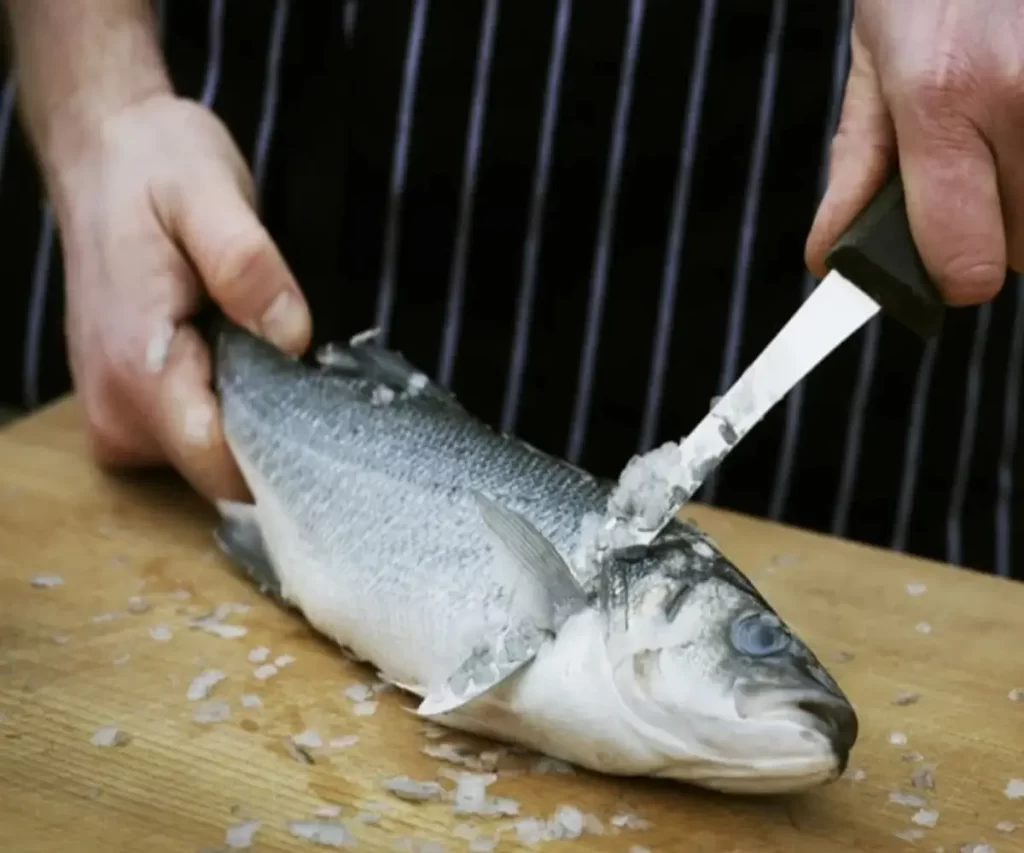
Learning How to Clean a Fish
There’s nothing quite like the satisfaction of catching your own fish and turning it into a delicious meal. However, before you can savor the fruits of your fishing expedition, there’s an essential skill every angler should master – how to clean a fish. In this comprehensive guide, we will take you through the step-by-step process of cleaning a fish, from the moment it leaves the water to the moment it lands on your plate.
Understanding the Importance of Proper Fish Cleaning
- Preserving the Quality of the Catch
- The moment a fish is caught, its quality begins to decline. Proper cleaning helps preserve the freshness and taste of the fish.
- Safety and Hygiene
- Ensuring the cleanliness of the fish not only enhances the taste but also minimizes the risk of foodborne illnesses.
Essential Tools for Fish Cleaning
- Filleting Knife
- Choose a sharp, flexible filleting knife for precision and ease of use.
- Cutting Board
- Opt for a large, stable cutting board to provide ample space for the cleaning process.
- Fish Scaler
- A scaler is crucial for removing scales, ensuring a smooth cleaning process.
- Gloves and Apron
- Protect yourself from scales, slime, and sharp fins with the right safety gear.
Steps for Cleaning a Fish
Preparing the Workspace
- Selecting a Suitable Location
- Choose a clean, well-lit area with sufficient space for efficient work.
- Setting Up the Cutting Board
- Ensure the cutting board is secure and won’t slip during the cleaning process.
Scaling the Fish
- Using a Fish Scaler
- Demonstrate the proper technique for scaling, working from tail to head.
- Removing Loose Scales
- Inspect the fish for any remaining scales and remove them using a knife or scaler.
Gutting the Fish
- Making the Initial Incision
- Show how to make a precise cut from the vent to the base of the fish’s jaw.
- Removing the Entrails
- Carefully scoop out the internal organs, being cautious not to rupture the gall bladder.
- Cleaning the Body Cavity
- Rinse the inside of the fish thoroughly to remove any residual blood or entrails.
Filleting the Fish
- Locating the Backbone
- Identify the fish’s backbone as the starting point for filleting.
- Making the First Cut
- Demonstrate the technique for making an incision along the fish’s backbone.
- Separating the Fillet
- Show how to carefully separate the fillet from the ribcage, minimizing waste.
- Skinning the Fillet
- Provide instructions on removing the skin for a boneless fillet.
Rinsing and Final Inspection
- Thoroughly Rinsing the Fish
- Emphasize the importance of a final rinse to remove any remaining scales, blood, or debris.
- Inspecting for Residual Bones
- Encourage a meticulous examination of the fillet for any remaining bones.
Tips for Cleaning Specific Types of Fish
- Freshwater Fish (e.g., Bass, Trout)
- Highlight the nuances of cleaning freshwater fish, including handling delicate skin.
- Saltwater Fish (e.g., Snapper, Flounder)
- Discuss the unique challenges and techniques for cleaning saltwater fish.
- Large Game Fish (e.g., Tuna, Marlin)
- Address the special considerations when cleaning larger game fish, emphasizing efficiency.
Proper Disposal of Fish Waste
- Environmentally Friendly Practices
- Provide guidance on eco-friendly disposal of fish waste, such as composting or using it as fertilizer.
- Regulatory Compliance
- Highlight any local regulations regarding the proper disposal of fish waste to avoid penalties.
Common Mistakes to Avoid
- Rushing the Process
- Emphasize the importance of patience for a clean and precise job.
- Wasting Edible Parts
- Remind anglers not to discard edible parts like cheeks or collars.
Storing Cleaned Fish
- Short-Term Storage
- Offer tips on storing fish in the refrigerator for immediate consumption.
- Long-Term Storage
- Discuss methods for freezing fish to maintain quality for an extended period.
Cleaning a fish is a fundamental skill that enhances the overall fishing experience. Mastering this process not only ensures a delicious and safe meal but also deepens your connection with the entire journey from catch to table. Whether you’re a novice angler or a seasoned pro, the techniques and tips outlined in this guide will empower you to clean fish with confidence and precision, bringing the satisfaction of a well-prepared catch to your dining table. Happy fishing and bon appétit!